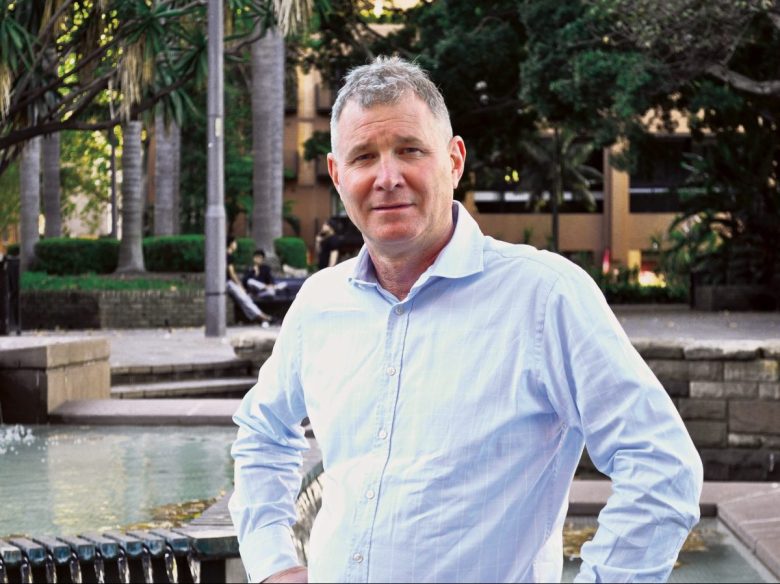
Australian diversified print, marketing and distribution business, IVE Group (ASX:IGL), has recorded an underlying net profit after tax of $36.7 million, down 6.3 per cent, for the 2020 financial year, with the company attributing its strength during the pandemic to its 10-year diversification strategy.
This underlying NPATA continuing operations result includes the JobKeeper wage subsidy with IVE reporting $15.1m in JobKeeper receipts paid to employees of the $16.8m gross amount IVE received from April to June 2020.
With JobKeeper removed from the results, the FY underlying NPATA continuing operations was $26.2m, down 33.2 per cent on the prior corresponding period.
Revenues were down 4.4 per cent, or $32.1 million, to $691.5 million for the year with gross profit sitting at $329.6 million, down 4.9 per cent.
Underlying EBITDA including the JobKeeper subsidy was $76.6 million, down 6.6 per cent from $82.0 million in the year before. Cash on hand was at $51.6 million.
Since the company’s last market update on March 23, it has also reduced its net debt by $36.9 million to $137.1 million.
IVE Group executive chairman Geoff Selig commended the company’s FY20 performance and paid tribute to the 1700-strong workforce and leadership team for their efforts, particularly over the last six months, to deliver a solid result in difficult times.
“Notwithstanding the extent and speed with which the COVID-19 crisis impacted their personal and professional lives, our entire workforce of 1700 staff responded together as one,” Selig said.
“They committed to do whatever was required to maintain a safe workplace, and ensure we continued delivering high levels of service to our clients.
“Under the circumstances, I don’t believe we could have responded any better to the impacts of COVID-19, and I thank our leadership team and all of our staff for their efforts and commitment during the year, particularly the last six months.
“I am very pleased with the performance of the business over the last year and the underlying strength of our financial position.”
IVE for the first time in many years has also provided the market with a sector and client spread to show where its revenue is coming from.
The table included in the results shows the breakup of the retail sector into white goods, electronics, furniture and clothing; supermarkets; health and personal products; food and beverage.
The white goods sector of the retail division accounts for the largest wedge of revenue, 20.6 per cent or $142.3m a year, with supermarkets in second place at 12.5 per cent or $86.6m.
Financial and corporate services also account for a large sector of business with 14.7 per cent of total revenue, equalling $101.8m.
What’s ahead
In terms of the outlook, IVE Group CEO Matt Aitken said the investment and diversification strategy that has been taking place over the last decade is sound and places IVE in a flexible position to adapt to potential movements in client expectations during a post COVID-19 world.

“IVE entered the COVID-19 crisis in a position of strength, with the company responding very well on all fronts to the unprecedented and volatile operating environment,” Aitken said.
“The company remains well capitalised, highly liquid, and confident that we are ideally placed to maintain our strong market position as we emerge from this period of uncertainty and disruption.”
IVE expects the FY21 underlying EBITDA will be consistent with FY20, with margins expected to remain stable over the year.
Net debt is forecast to be approximately $110 million at June 30, 2021.
Capital expenditure is forecast to be $10.0 million for FY21.
The IVE board also expects to resume dividend payments consistent with the existing dividend policy commencing with the first half FY21 interim dividend.
The results announcement comes after supermarket retailer Coles announced it will no longer print its weekly catalogue in high-volumes from September 9, and would instead adopt an enhanced digital strategy to engage with shoppers.
At the time, Selig made an announcement to the Australian Securities Exchange that Coles’ decision would cost IVE between $35 million and $40 million for the year.
The retailer claimed doing so would better serve the environment and save up to 80,000 trees a year.
This environmental justification has been widely condemned with industry association, The Real Media Collective, which represents the paper, printing and publishing sectors, saying the claim was “simply disingenuous” and that browsing a catalogue online emits more CO2 then reading a printed catalogue.
Comment below to have your say on this story.
If you have a news story or tip-off, get in touch at editorial@sprinter.com.au.
Sign up to the Sprinter newsletter
